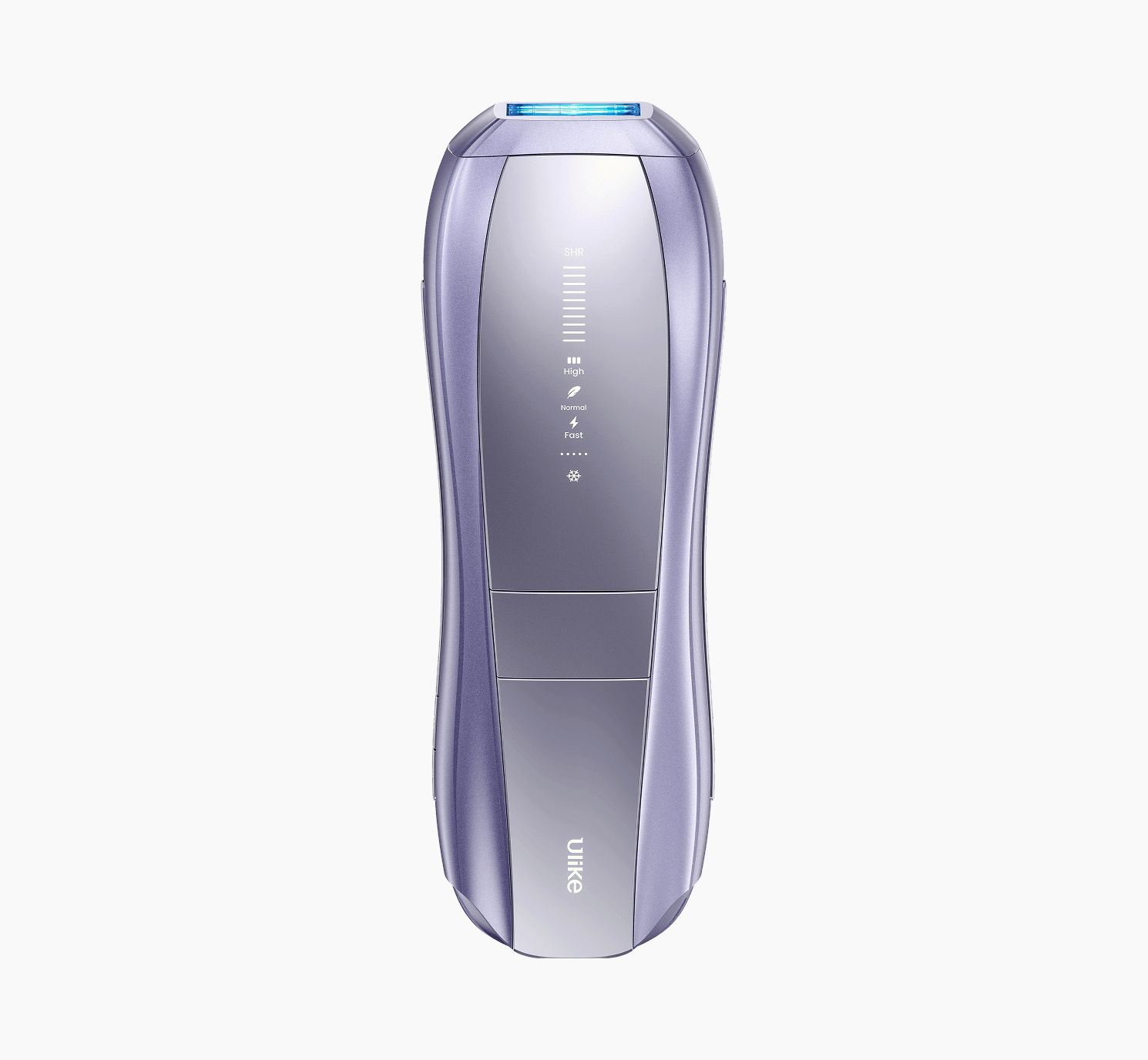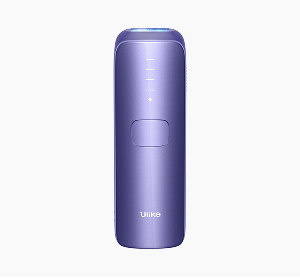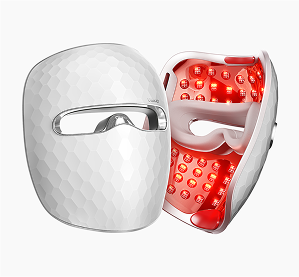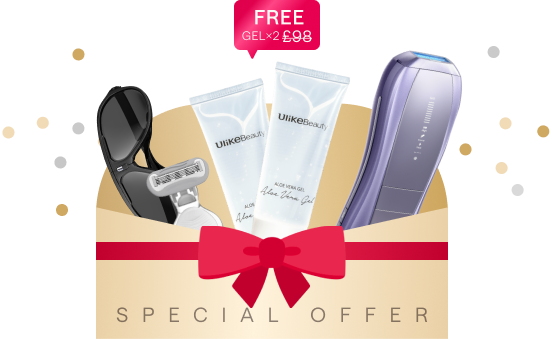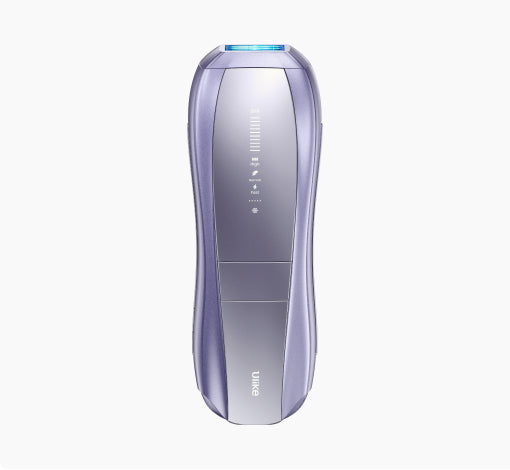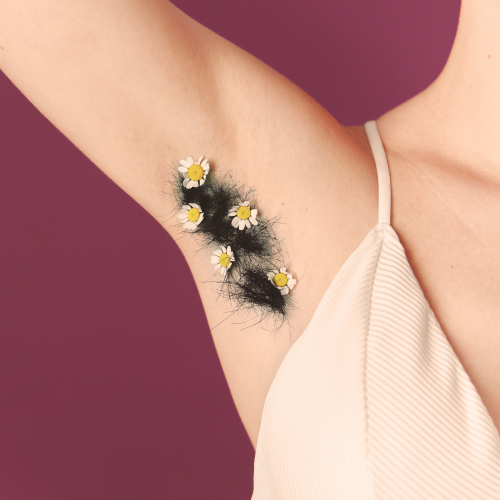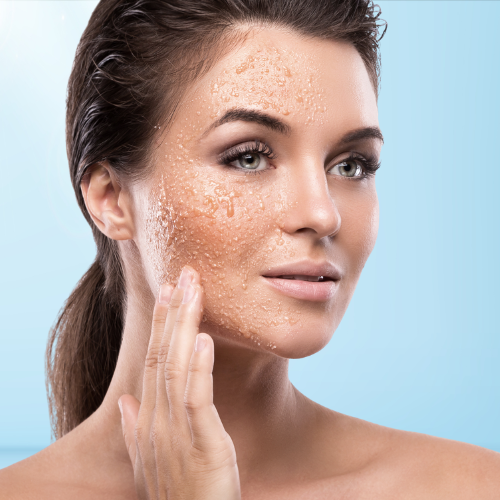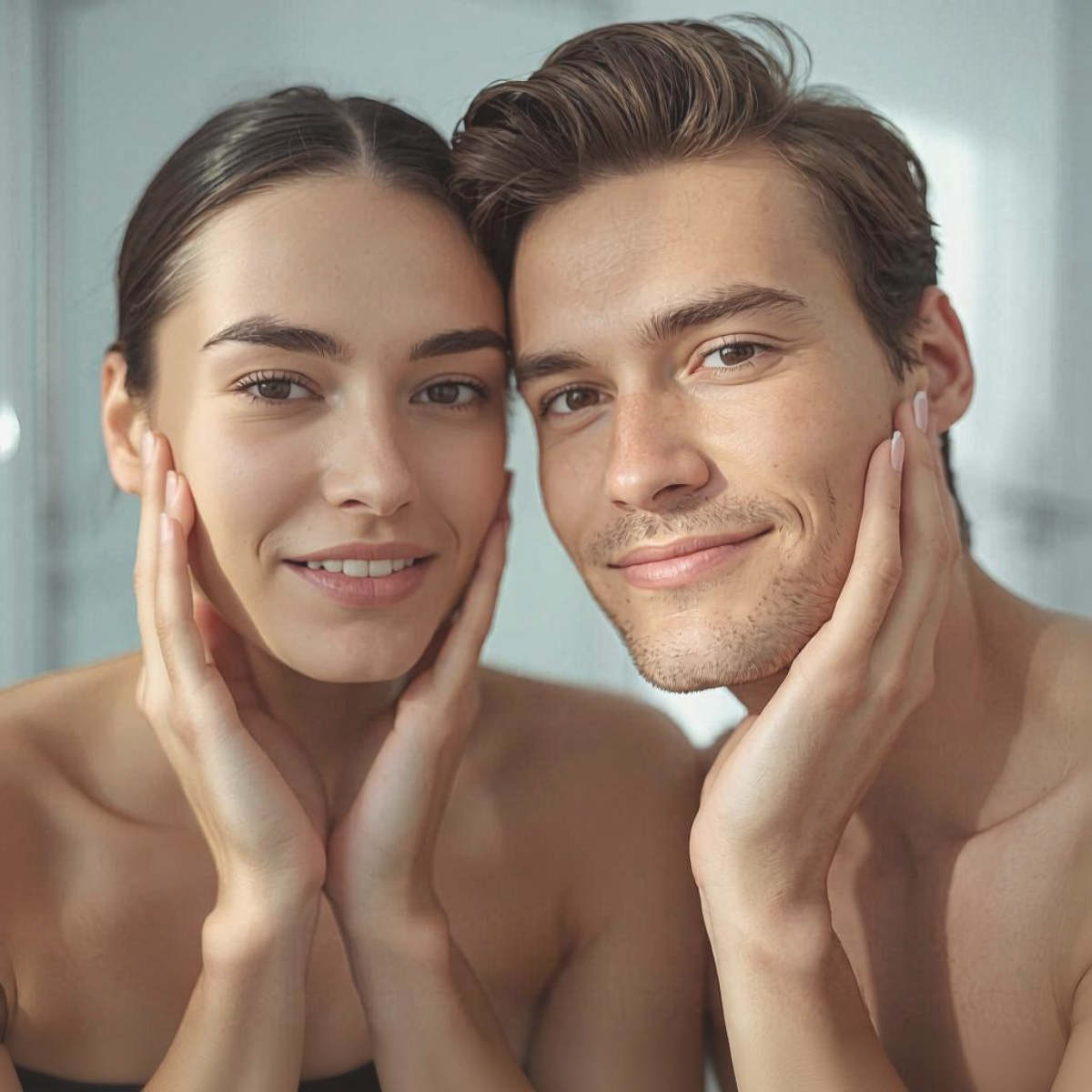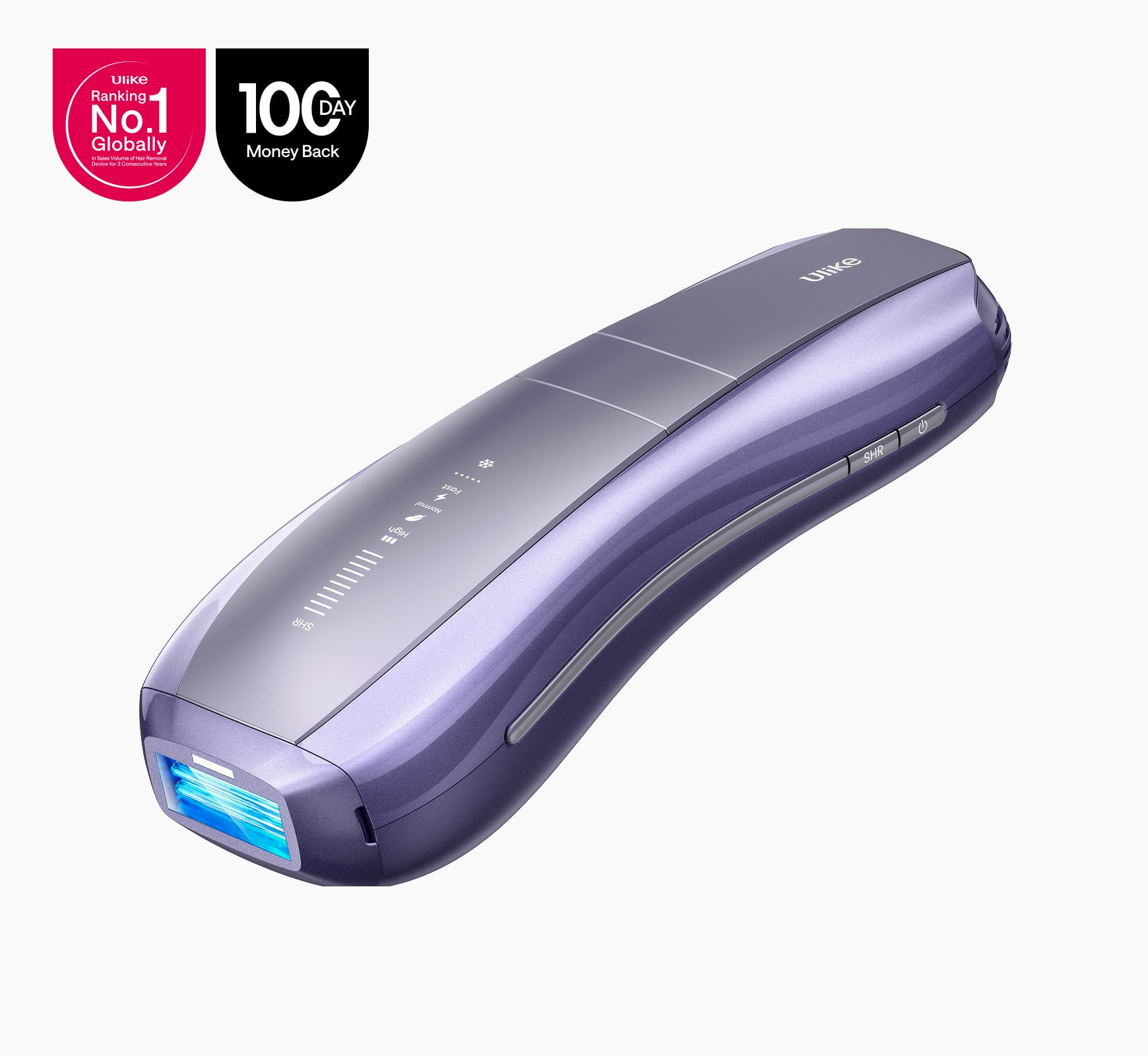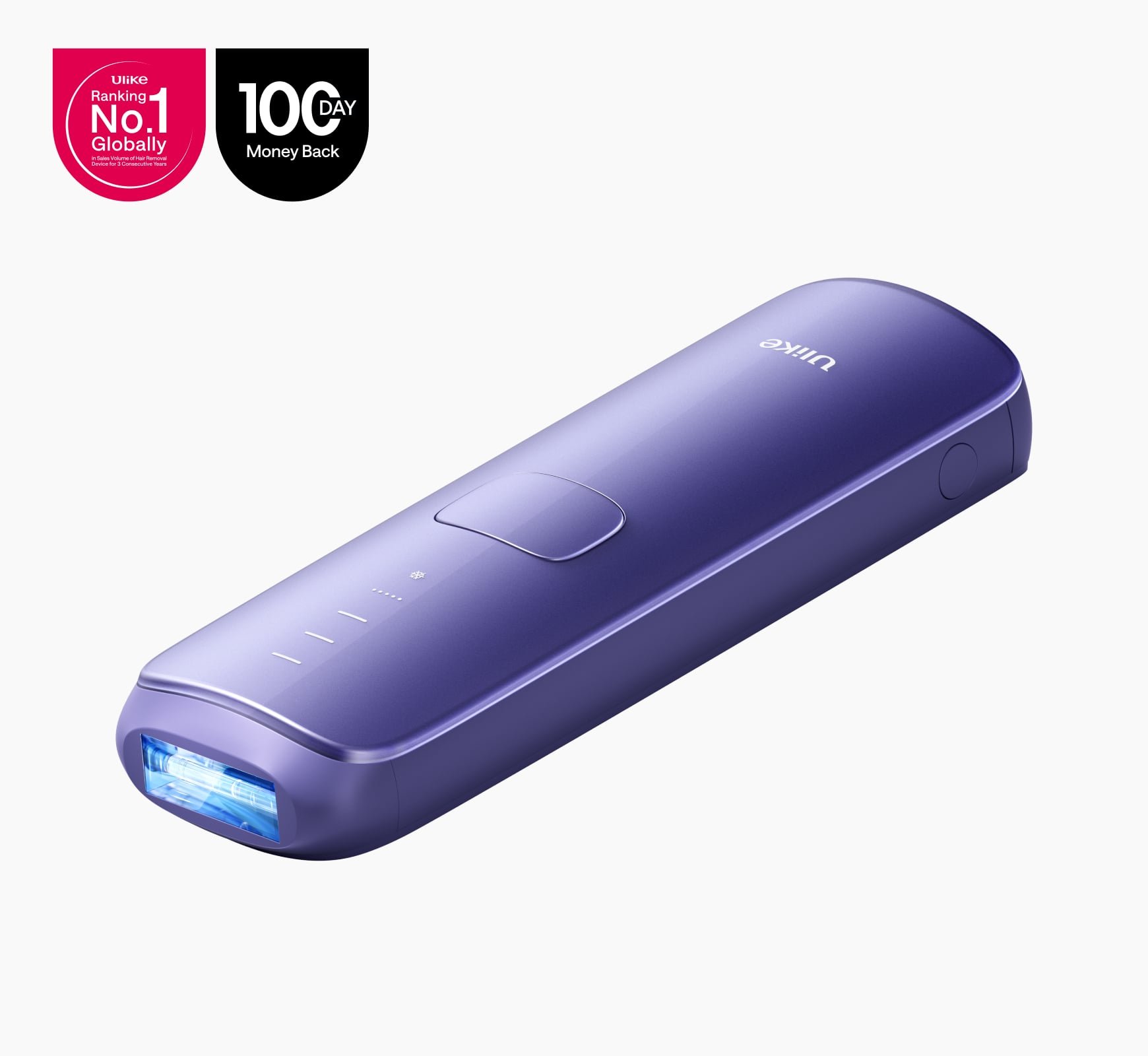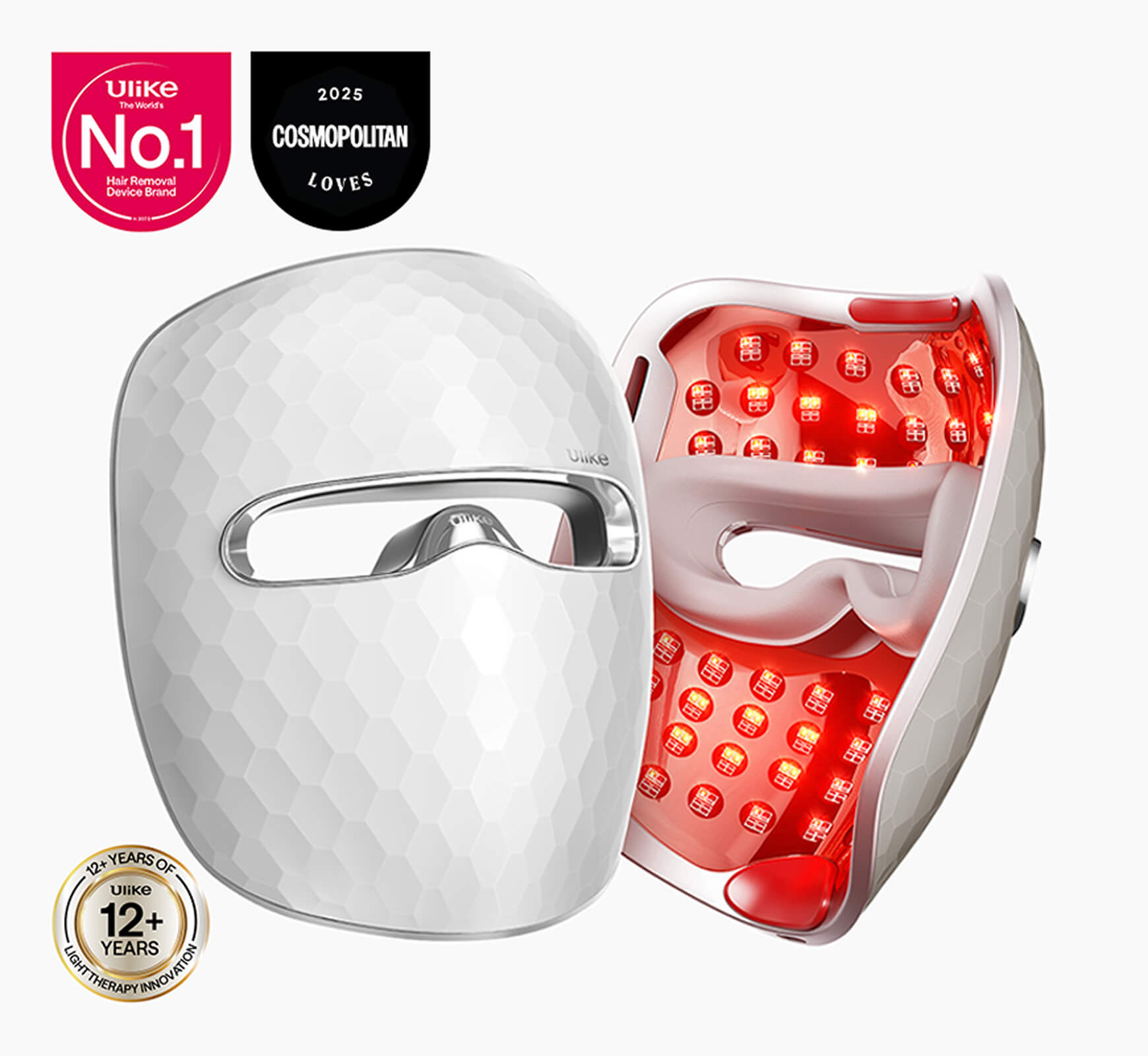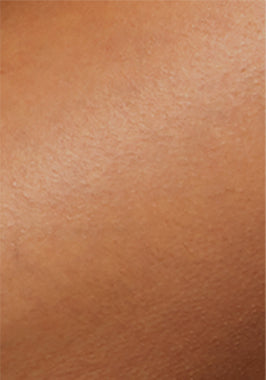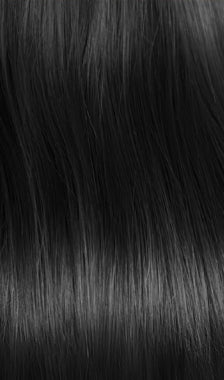Introduction
I have incredibly sensitive skin — the kind that flares up with the wrong cleanser or even a slight change in the weather. So, when I first heard about IPL hair removal for sensitive skin, I was understandably cautious. Yet, having an at-home hair removal device that lets you do away with the constant shaving or painful waxing was incredibly appealing.
IPL (Intense Pulsed Light) devices work by using light energy to target the hair follicles, gradually reducing regrowth over time. These days, more IPL machines are being designed with sensitive skin in mind — which gave me a glimmer of hope. But if there’s one thing I’ve learnt from experience, it’s that using an IPL hair removal device on sensitive skin still requires a careful approach.
You can’t just dive straight in — believe me, your skin will let you know. Redness, tingling, or dryness can occur if you don’t prepare your skin properly or use the wrong intensity settings. That’s why I’ve put together these 10 practical tips for using IPL hair removal on sensitive skin safely at home — all based on real-life experience.

Table of content
IPL Hair Removal on Sensitive Skin
When I first started looking into IPL hair removal for sensitive skin, I genuinely wasn’t sure it was the right choice. My skin reacts to almost everything — even some so-called hypoallergenic products. But once I understood how IPL works, I realised it could actually be a gentler hair removal option, provided it’s used correctly.
How IPL Works on Sensitive Skin
IPL (Intense Pulsed Light) targets the pigment in your hair follicles, gradually reducing regrowth over time with consistent use. For those with sensitive skin, many of today’s at-home IPL machines come with adjustable intensity levels and built-in skin sensors. These features are a real game-changer — they help tailor the treatment to your skin tone and sensitivity, making it much safer and more comfortable.
Pain Level: What to Expect
One of my biggest concerns was the pain level. Personally, I’d describe the sensation as similar to a quick tap with a warm spoon. On areas like the legs, it was completely manageable. But when treating more delicate areas like the underarms or bikini line, I definitely had to lower the setting. Other women I’ve spoken to with sensitive skin had similar feedback — there’s some discomfort, but it’s far from unbearable.
Key Factors for Sensitive Skin
Before starting any IPL treatment, make sure you:
- Check your skin tone and hair colour : IPL is most effective on lighter skin tones with darker hair.
- Assess your current skin condition : Never use IPL on sunburnt skin, eczema patches, or areas with cuts or irritation.
- Do a patch test : Always carry out a patch test at least 24 hours before your first full session. It’s saved me from reactions more than once.
10 Tips on IPL Hair Removal for Sensitive Skin
1. Always Patch Test – No Exceptions
Before using any IPL hair removal device for sensitive skin, I always do a patch test 24 hours beforehand. I once skipped it — assuming I knew how my skin would react — and ended up with redness that lingered for two days. A quick test on a small area can save you from full-blown irritation later. It’s a small step that makes a big difference, especially for sensitive skin.
2. Start with the Lowest Intensity Setting
When it comes to IPL hair removal for sensitive skin, it’s best to begin with the lowest intensity setting. While it might be tempting to jump to a higher level for quicker results, sensitive skin responds better to a gentler approach. I started low and only increased once I knew my skin could handle it — and I still avoid high settings on delicate areas like the bikini line.
The SHR mode on the Ulike Air 10 is a standout feature for sensitive zones. Designed specifically for coarse hair, it delivers 26J of energy per second, building heat at the follicle to target stubborn hair effectively — all without damaging the skin. It’s ideal for achieving smoother results safely, even on sensitive areas.

3. Shave — Don’t Wax — Before Treatment
This one really surprised me. I used to wax before my IPL sessions, not realising it actually made the treatment less effective. IPL targets the pigment in the hair root, and waxing removes that root entirely. Now, I shave the day before — it keeps the surface smooth without the irritation waxing used to cause, and it allows the IPL device to do its job properly.

4. Avoid Active Skincare Ingredients Before and After Treatment
This one made a huge difference for me. I used to apply my usual serums straight after a session — big mistake. Active ingredients like retinol, glycolic acid and vitamin C can seriously irritate freshly treated skin. When using IPL hair removal for sensitive skin, I now stick to a gentle, fragrance-free moisturiser both before and after each session. Since making that change, my skin feels much calmer — and I haven’t had any flare-ups.
5. Stick to a Consistent Schedule — But Listen to Your Skin
At-home hair removal requires consistency for long-term results, but sensitive skin doesn’t always stick to the plan. Most IPL devices recommend treatments 2-3 session per week initially. I followed this religiously — until I noticed my skin feeling slightly dry or warm after some sessions. Now, I take a flexible approach. If my skin needs a bit longer to recover, I give it a few extra days. It’s far better to delay one treatment than to risk irritation by pushing through.
6. Use Cooling Gel or Aloe Vera Post-Treatment
After every IPL session, I apply a thin layer of aloe vera gel. It helps reduce redness, soothe sensitivity, and cool the skin almost instantly. Keeping it in the fridge adds an extra-refreshing touch, which is especially welcome after treating sensitive areas like the underarms or bikini line.
For those with sensitive skin , using a soothing post-treatment formula can make a real difference. Choose one that deeply moisturises, naturally reduces inflammation, and is lightweight and non-comedogenic. The ideal formula is gentle, free from added colour, fragrance, or alcohol — and prioritises skin-safe, cruelty-free ingredients to support daily hydration and recovery after IPL treatments.
7. Avoid Sun Exposure Before and After Treatment
This was one of the first warnings I came across — and for good reason. Using IPL hair removal on recently tanned or sunburnt skin, especially if it’s sensitive, can lead to serious irritation or even hyperpigmentation. I now avoid direct sun exposure on treated areas for at least 48 hours before and after each session. If I do need to go outside, I cover up with loose clothing and apply a high-factor SPF — usually factor 50 — without fail.
8. Don’t Use on Broken or Inflamed Skin
I’ll admit — there was a time I nearly used my IPL device over a small spot on my leg. I’m so glad I didn’t. Applying IPL to broken skin, blemishes, eczema, or inflamed areas can make things significantly worse. At-home hair removal might be convenient, but it still demands care. Your skin should always be intact, calm, and irritation-free before starting treatment.
9. Keep Track of Your Sessions
One of the best things I did was start a simple IPL log on my phone. I jot down the dates, intensity settings, and how my skin reacted afterwards. It’s made it much easier to spot patterns and avoid flare-ups, especially for more sensitive areas. It’s also a great way to track your progress and stay consistent.
10. Be Patient with Results
I didn’t notice significant results until around my fifth session — and that’s completely normal. It’s easy to expect quick results, but IPL hair removal for sensitive skin is a gradual process. The key is to be consistent, gentle, and realistic. Now, I barely need to shave, and my skin feels far less irritated overall.
Aftercare and Maintenance Tips with IPL Hair Removal for Sensitive Skin
After every IPL hair removal session, I treat my skin as if it’s in recovery — because it is. A solid aftercare routine isn’t just a nice extra; it’s absolutely essential for avoiding flare-ups and getting the best long-term results, especially if you have sensitive skin.
My Go-To Aftercare Steps:
Cool the skin with aloe vera gel or a fragrance-free, soothing gel — I keep mine in the fridge for a calming, anti-redness effect.
Avoid hot showers, saunas, and tight clothing for at least 24 hours post-treatment.
Moisturise generously with a gentle, non-comedogenic lotion to keep your skin hydrated and reduce sensitivity.
Skip active ingredients like acids, retinol or vitamin C for at least 2–3 days after each session.
Stories like Rosemary's demonstrate how well it works. It is particularly effective for individuals with lighter skin and darker hair.
Maintenance Treatments: What Worked for Me
IPL isn’t a one-off fix. I committed to three sessions a week for the first 4–8 weeks (as recommended by my device’s instructions). For me, the real transformation started around week four. Now, I do top-up treatments every 4–6 weeks just to keep regrowth under control.
Everyone’s skin responds differently, but if you stay consistent and treat your skin kindly, you’ll start to see noticeable results — with far less irritation. Patience and proper aftercare really do make all the difference.
Professional vs. At-Home IPL Options: Which is Right for You?
I considered booking a course of professional laser hair removal treatments at a clinic — but honestly, the cost and time commitment were hard to justify. While professional treatments can be highly effective, they often feel more intense. For sensitive skin, that lack of control can be a dealbreaker.
That’s why I opted for at-home IPL hair removal instead. Devices like the Ulike Air 10 offer the flexibility to treat your skin gently, safely and on your own schedule. It comes with adjustable intensity levels, a built-in cooling system, and was clearly designed with sensitive skin in mind.
Here’s how I weigh it up:
- Professional IPL treatments Faster results, but significantly more expensive — and often less tailored to your skin’s day-to-day condition.
- At-home IPL devices Affordable, convenient, and allow you to go at your own pace — especially useful if you need to adjust based on how your skin feels.
For me, the Ulike Air 10 hit the sweet spot between performance and safety. It’s given me long-term results without compromising my skin’s comfort — and that peace of mind is priceless.
Conclusion
Embarking on the journey of at-home hair removal with sensitive skin definitely requires a cautious and considered approach. It’s all about tuning in to your skin’s unique needs and prioritising gentle care at every stage. With the right routine — from prepping properly to starting on a low setting — IPL hair removal for sensitive skin can genuinely transform your hair removal experience.
For me, discovering the Ulike Air 10 has made a noticeable difference (and yes — pun fully intended!). Its thoughtful design and skin-friendly features seem genuinely tailored to those of us with more delicate skin.

